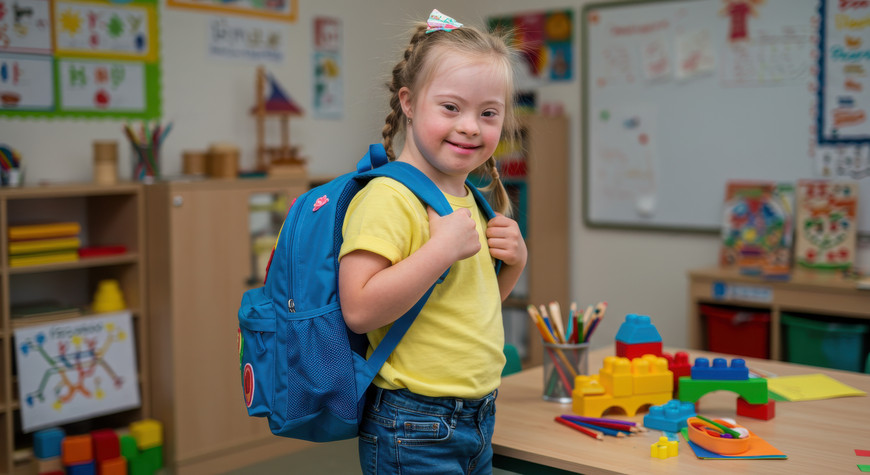For families with special needs children, back-to-school preparation involves unique challenges that go far beyond shopping for supplies and clothes. Creating organizational systems that work for children with autism, ADHD, sensory processing disorders, learning disabilities, and other special needs requires thoughtful planning and strategies tailored to each child's specific requirements.
Research shows that children with special needs who have strong organizational systems in place experience significantly less anxiety, perform better academically, and develop greater independence over time. The key to success lies in understanding your child's unique needs and creating customized organizational systems that work with their strengths while supporting their challenges.
Understanding Special Needs and Organization
Common Organizational Challenges
Executive Function Difficulties: Many special needs children struggle with planning, organizing, time management, and task initiation. These challenges can make traditional organizational systems overwhelming or ineffective.
Sensory Processing Issues: Children with sensory processing disorders may be overwhelmed by certain textures, colors, or sounds associated with organizational tools. The right labeling materials must account for these sensitivities.
Attention and Focus Challenges: Children with ADHD may struggle to maintain organizational systems that require sustained focus. Visual organization systems can help bridge this gap.
Communication Differences: Children with autism may need picture-based labels and visual organizational systems that don't rely heavily on verbal instructions.
Autism Spectrum Disorder: Structure and Predictability
Children with autism often thrive with structured, predictable organizational systems. They prefer clear routines and can become distressed when organizational systems are inconsistent.
Key Strategies:
Visual Scheduling Systems: Create detailed visual schedules using waterproof name labels with engaging designs that help children understand what comes next and prepare for transitions.
Sensory-Considerate Labeling: Choose labels that consider sensory preferences. Waterproof labels with smooth finishes work well for children sensitive to textures, while colorful, engaging designs help children connect with their organizational systems.
Interest Integration: Incorporate your child's preferences into organizational systems. With designs featuring animals, sports themes, vehicles, fantasy characters, and fun patterns, children can choose labels that reflect their interests.
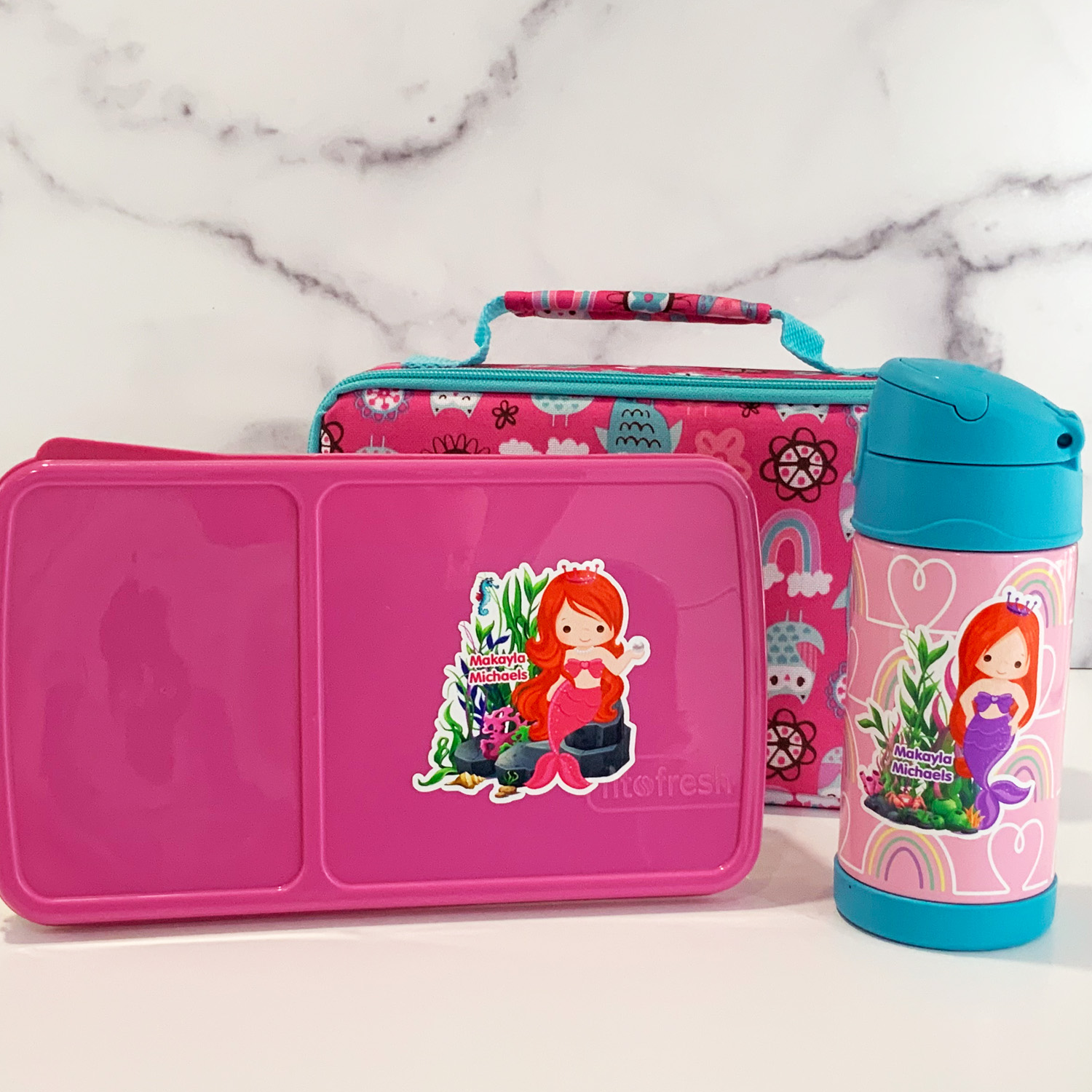
Medical Alert Integration: Medical alert labels placed inside backpacks provide teachers with essential information about your child's specific needs, communication preferences, and emergency protocols. These waterproof medical alert tags ensure critical information remains accessible.
ADHD: Managing Attention and Hyperactivity
Children with ADHD often struggle with traditional organizational systems because they require sustained attention. However, with the right adaptations, these children can develop excellent organizational skills.
Effective Approaches:
Simplified Systems: Create organizational systems with fewer steps and clearer visual cues. Use bright, engaging labels with fun themes and patterns that capture attention while being easy to read quickly.
Attention-Grabbing Tools: Use labels with vibrant designs that capture and maintain attention. The variety of fun patterns and character designs can help keep children engaged with their organizational systems.
Water Bottle and Lunch Identification: Fun cut-out water bottle labels help children with ADHD easily identify their belongings in busy school environments. These kids bottle identification labels reduce the frustration of searching for items and support independence.
Medication Management: Medication alert labels help school nurses manage medication schedules and dosages, while medical ID tags provide quick access to important health information during school hours.
Sensory Processing Disorders: Accommodating Sensory Needs
Children with sensory processing disorders may have strong reactions to certain textures, colors, or other sensory aspects of organizational tools.
Sensory-Friendly Solutions:
Texture-Conscious Tools: Choose labels with comfortable textures. Iron-on clothing labels create a smooth, soft finish that bonds seamlessly with fabric, eliminating any rough edges or poking sensations that might bother sensitive children.
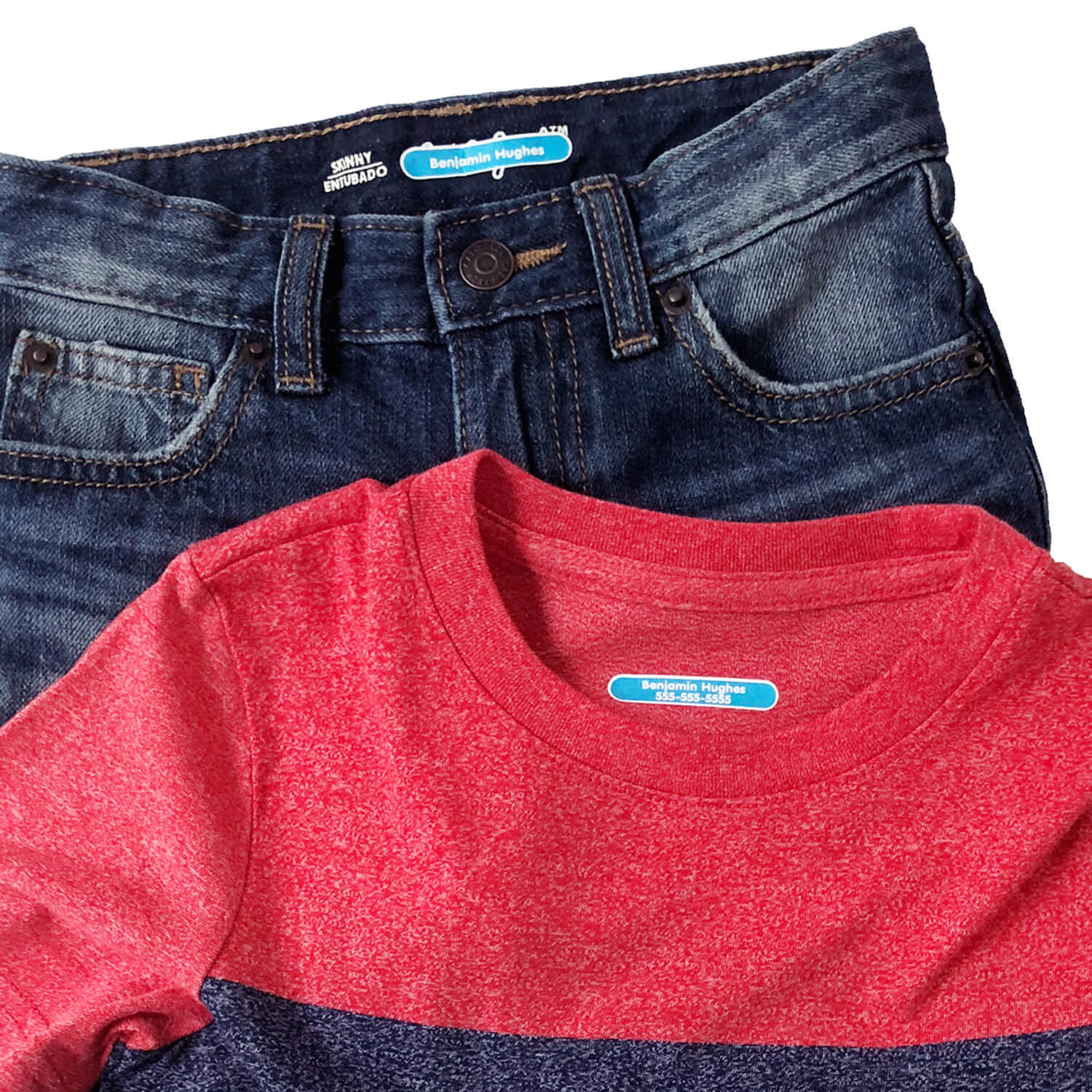
Color and Visual Considerations: Use labels in colors and designs that don't overstimulate your child's visual system. With a wide variety of patterns, themes, and character designs available, you can find options that match your child's specific preferences.
Medical Communication: Medical alert stickers can communicate sensory triggers and calming strategies to teachers and support staff, helping them provide appropriate accommodations throughout the school day.
Learning Disabilities: Supporting Academic Success
Children with learning disabilities may struggle with specific aspects of organization related to their particular learning challenges.
Supportive Strategies:
Visual-Friendly Systems: Use picture-based systems combined with clear, simple text. Labels featuring recognizable characters and themes can help children identify their belongings without relying heavily on reading skills.
Multi-Modal Approaches: Combine visual elements with tactile experiences. Iron-on clothing labels provide both visual identification and a smooth tactile experience that children can recognize by touch.
Medical Support: Medical identification tags help teachers understand how medical conditions may impact learning and provide appropriate support and accommodations.
Essential Products for Special Needs Organization
Clothing Organization Solutions
- Bond smoothly with fabric for ultimate comfort
- Create a soft, seamless finish with no poking or irritation
- Perfect for sensory-sensitive children who notice texture differences
- Available in diverse character designs with various hair and skin color choices
Stick-On Labels:
- Quick and easy application
- Waterproof and durable
- Same engaging design options as iron-on labels
Learning Through Organization
MatchUP Shoe Stickers for Left-Right Learning: These educational shoe stickers help children learn left from right through fun, interactive matching games. The left right shoe labels work by creating matching pairs that only fit together correctly when shoes are on the right feet, making it impossible to put shoes on wrong while reinforcing left right learning.
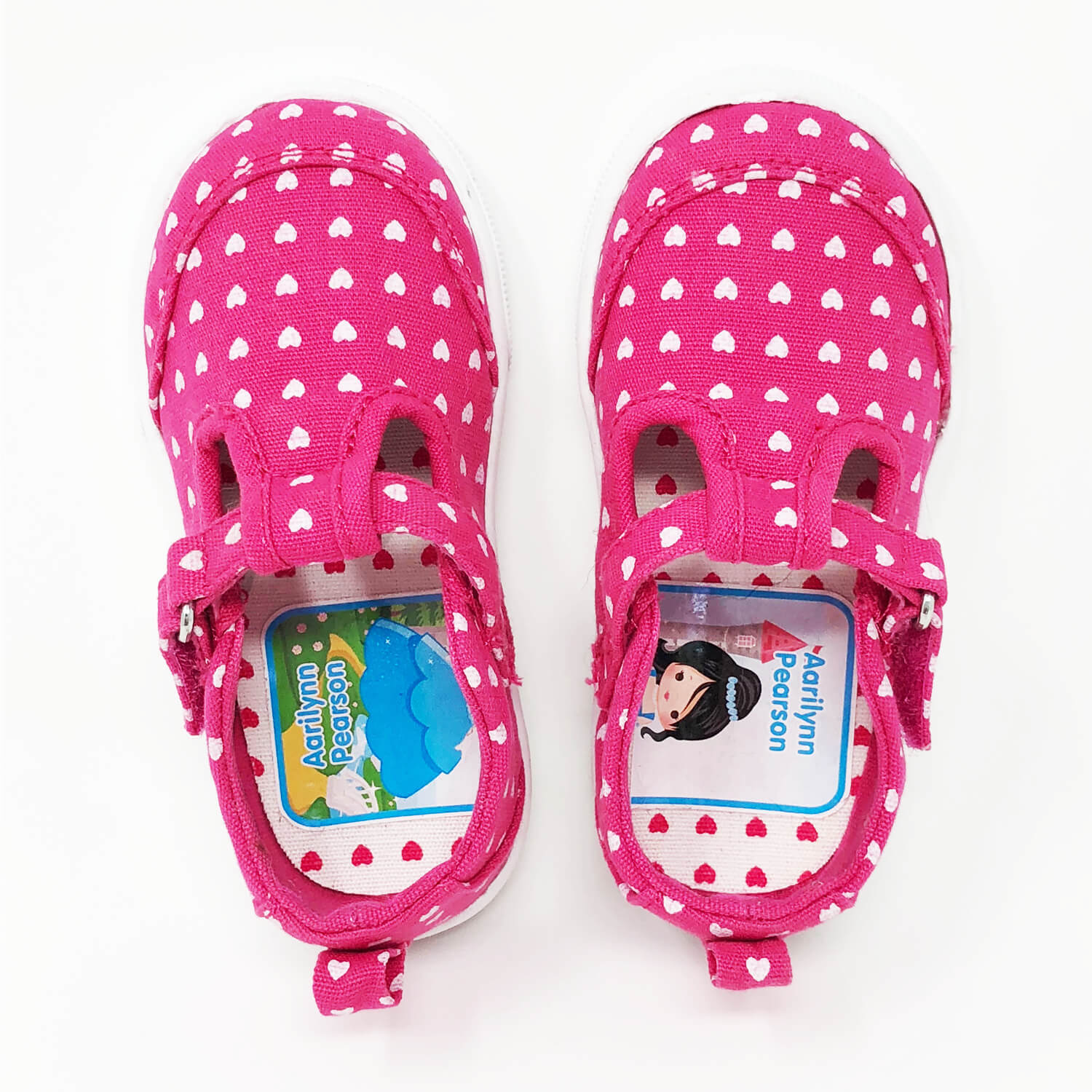
Benefits for Special Needs Children:
- Teach kids left right shoes through visual and tactile learning
- Reduce morning routine stress and confusion
- Build independence in getting dressed
- Support spatial awareness development
Identification and Safety Labels
Water Bottle and Lunch Box Labels: Fun cut-out water bottle labels and lunch box labels help special needs children easily identify their belongings in busy school environments. These kids bottle identification labels feature:
- Bento box labels kids can easily spot in crowded lunch areas
- Waterproof lunch labels that withstand daily washing
- Cut-out designs that create unique shapes for easy identification
- Bright, engaging patterns that stand out
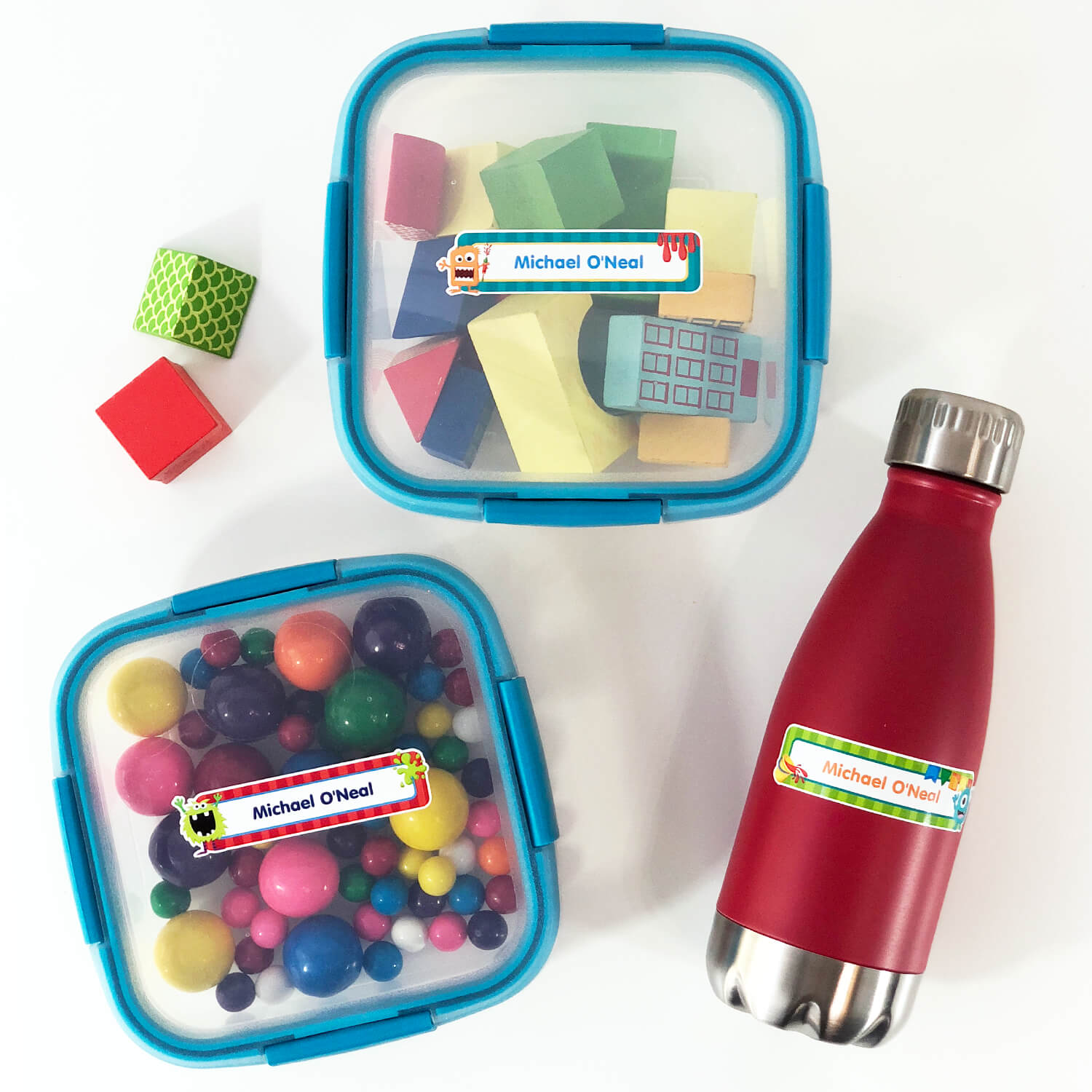
Medical Alert and Allergy Labels: For special needs children with medical conditions or food allergies, medical alert labels and allergy alert labels serve as essential communication tools.
Strategic Placement:
- Inside backpack placement: Attach medical alert tags where teachers and school nurses can easily find them during emergencies
- Medical device labeling: Use medical identification tags on inhalers, EpiPens, and other medical devices
- Emergency contact integration: Combine medical alert stickers with emergency contact information
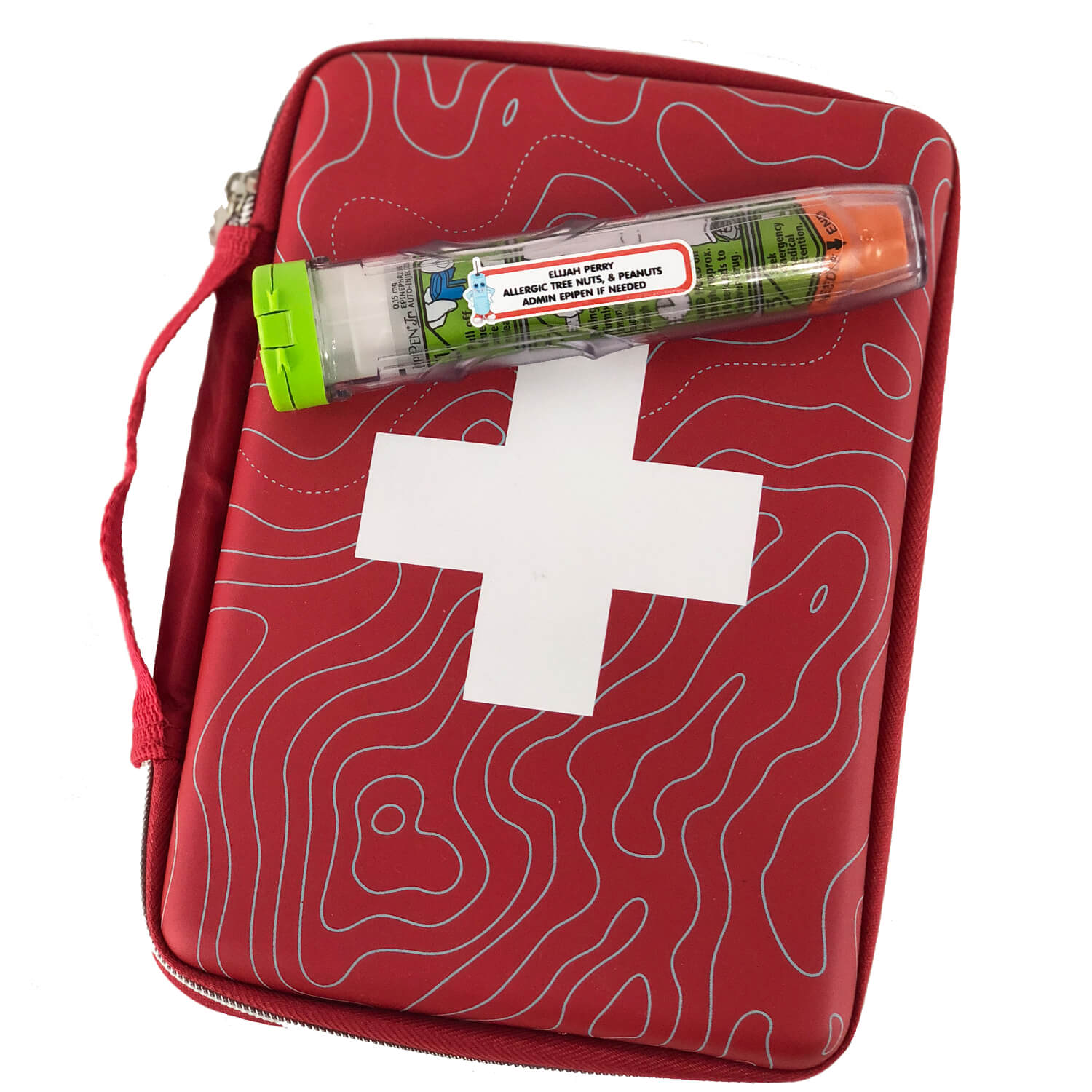
Key Benefits:
- Medical alert labels provide instant access to critical health information
- Allergy food labels clearly communicate dietary restrictions and emergency procedures
- Waterproof medical alert tags remain legible even if exposed to moisture
- Food allergy labels include specific instructions for each child's needs
Creating Inclusive Organizational Systems
Representation Matters
When selecting organizational tools for special needs children, representation and relatability are crucial for engagement and self-esteem.
Diverse Character Designs: Labels featuring characters with various hair and skin color choices help all children see themselves represented in their organizational systems.
Universal Themes: Animals, sports, vehicles, fantasy themes, and fun patterns appeal to children across different backgrounds and interests.
Personal Connection: When children can choose designs that reflect their interests and identity, they're more likely to engage with and maintain organizational systems.
Implementation Strategies
Start Small and Build
Begin with one organizational system at a time. Provide lots of support and practice opportunities, celebrating small successes and improvements along the way.
Maintain Consistency
Use the same organizational systems every day. Provide regular reminders and support, adjusting systems as needed based on your child's response.
Collaborate with School Teams
Share your child's organizational systems with teachers and support staff. Work to create similar organizational systems at home and school using consistent labeling approaches.
Track Progress
Use simple systems to track your child's organizational progress over time. Schedule regular reviews to ensure systems are still meeting your child's needs.
The Bottom Line
Creating effective organizational systems for special needs children requires patience, creativity, and a deep understanding of your child's unique needs and strengths. The key to success lies in starting with your child's specific needs and building organizational systems that work with their strengths while supporting their challenges.
Quality organizational tools - from waterproof name labels to comfortable iron-on clothing labels, from educational shoe stickers to medical alert tags - are important components, but the real success comes from understanding your child, maintaining consistency, and celebrating progress along the way.
Remember that every special needs child is unique, and what works for one child may not work for another. With the right organizational systems in place, special needs children can develop the independence, confidence, and skills they need to succeed in school and beyond.
About the Author: Dodie is the founder and owner of Sticky Monkey Labels, a mom-owned business based in Little Rock, Arkansas. As a mother of three sons – two with food allergies and one with special needs – Dodie has firsthand experience with the unique organizational challenges that special needs families face every day. Since starting her business in 2011, she has worked closely with occupational therapists, special education teachers, and special needs families to develop labeling solutions that truly work for children with diverse needs.

